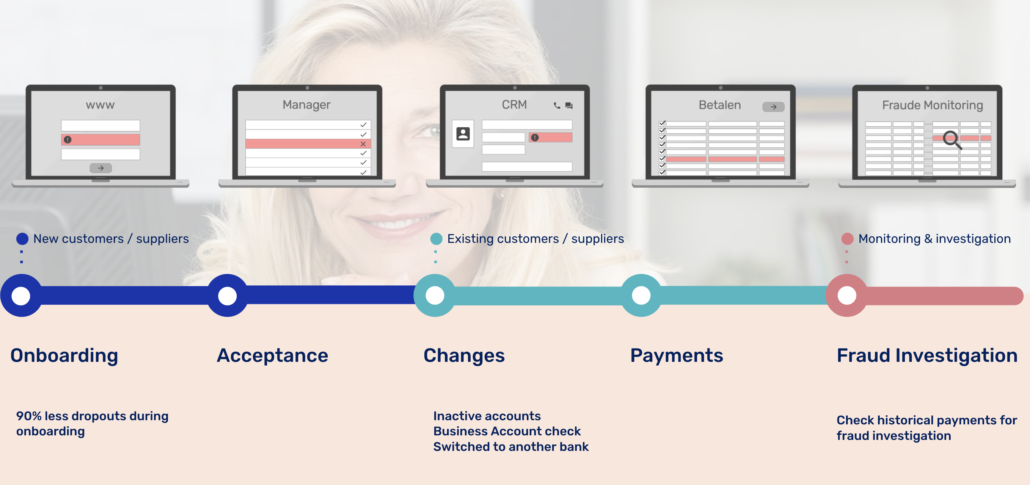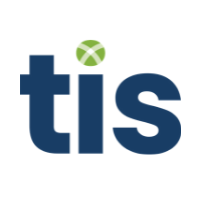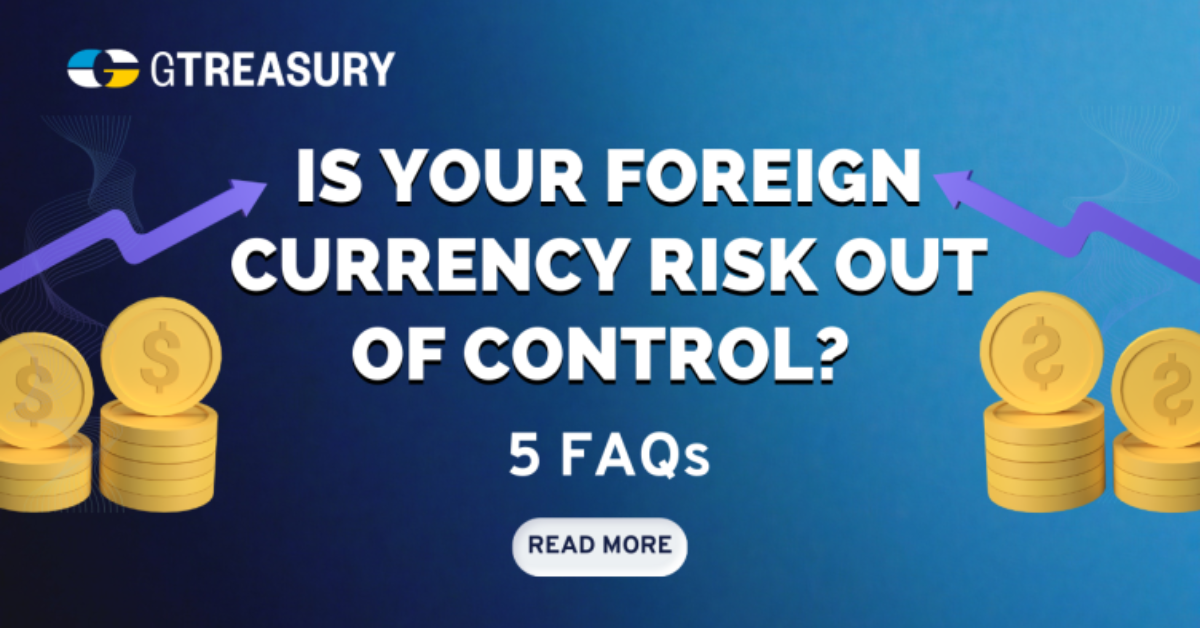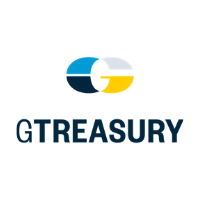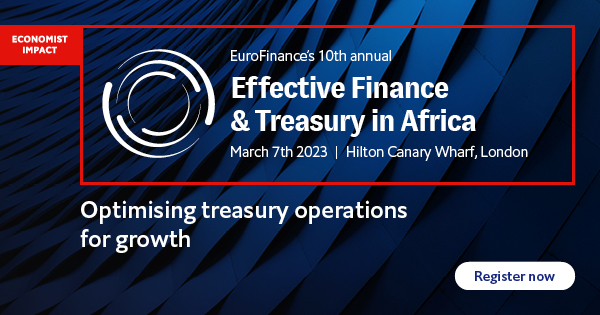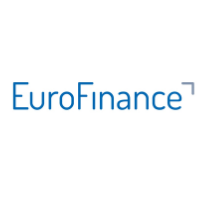16-02-2023 | treasuryXL | CashAnalytics | LinkedIn |
Aside from boosting free cash flow and increasing cash on hand, good cash management will have a direct impact on your bottom line. With the recent increases in interest rates, the opportunity cost of bad cash management is now much higher and can be measured directly in income and profit.
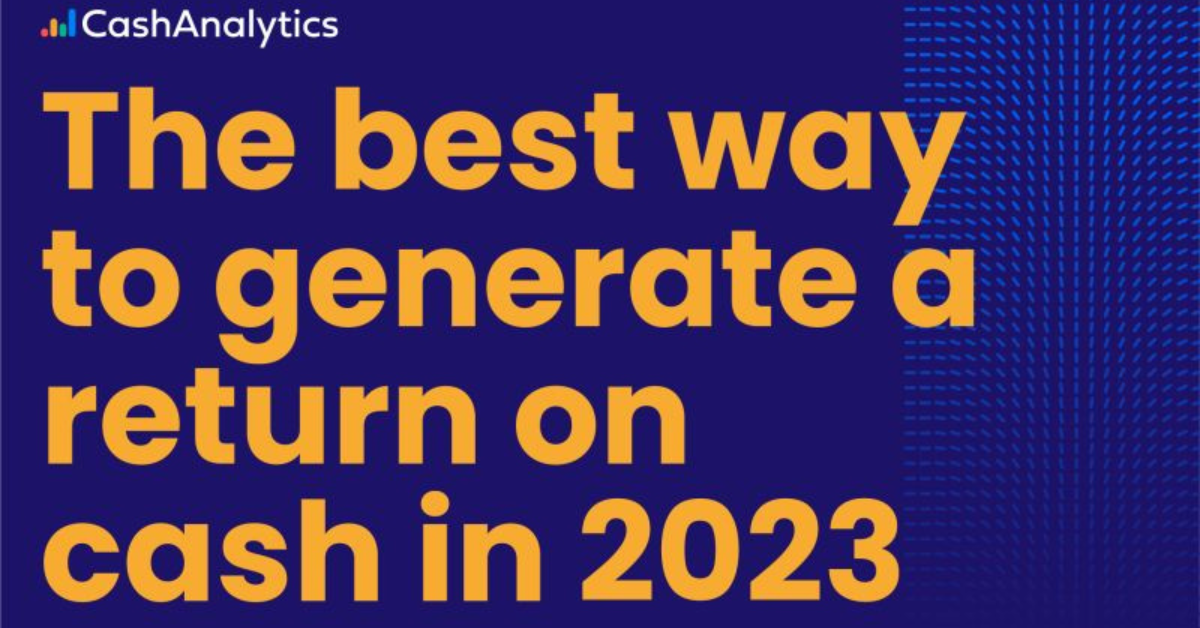
Banks and other lenders were, as expected, quick to pass on the interest rate increases to their clients. Any company with floating rate debt has already felt the impact. J.P. Morgan guided last week that it was under pressure to increase the prices it pays for deposits as reported record net interest income of $20.3bn in the fourth quarter of 2022, up 48% on the same period last year.
While putting spare cash on deposit and earning interest can help to offset the cost of debt, due to the difference in lending and deposit rates, the best way to earn a return on excess cash in 2023 is to repay debt and reduce interest costs. This is a return that can be directly attributed to your use of excess cash.
Who can generate the highest return?
To generate the highest return and benefit from this type of strategy some form of revolving or easily repayable debt facility will be required. Companies using these types of facilities can pay them down when excess cash is available and draw down when liquidity is needed.
Companies with fixed term debt may not benefit from this type of strategy immediately, however it’s worth considering layering different types of facilities into the mix upon refinance or maturity of current debt facilities. For example, carving out a portion of a fixed facility as a revolving cash facility or an overdraft would afford the flexibility to use excess cash to reduce interest costs.
Debt minimisation as a strategy
The process of using cash to keep debt levels minimised, on an ongoing basis, needs to be wrapped in a clear strategy. This can’t be a sporadic or one-off activity as the business will never gain the full benefit of “investing” cash in debt minimisation and it may in fact introduce unnecessary cash and liquidity risk.
A strategy should be put in place with the clear objective of using cash flow to boost profitability by reducing interest costs while ensuring the liquidity needs of the business are safeguarded.
Steps to putting this strategy into action
As with any strategy, it needs to be tailored to the specific needs of the business however the following steps should be taken by any company looking to put it in place.
1. Gain executive buy-in and support
As the Treasurer, controller, or cash manager, implementing and managing a strategy like this will require time and effort. It will likely become a priority within your role and team. Therefore, it’s something that will require the sponsorship of executives, all the way up to the CFO and CEO, and the buy-in of other key stakeholders in the process. This will ensure it gets both the support and investment it needs to succeed.
2. Robust cash flow forecast
A robust cash flow forecast that provides clear visibility over future cash flows, needs and requirements across your business is an essential part of any debt minimisation strategy. With the visibility provided by a reliable forecast you will be able to make the necessary drawdown and repayment decisions with confidence.
The specifics of the forecast and the level of detail required will depend on the business, however, a forecast extending to at least 13 weeks will be needed to effectively manage this new process. A 13-week forecast is the right duration to manage short term cash and debt management decisions while providing the mid-term visibility needed to understand what’s quickly coming down the tracks.
If you don’t have a cash forecast in place, check out our guides on both setting one up and building the business case to make improvements.
3. Daily cash monitoring
In this new environment, where every dollar of spare cash is put to good use, it’s important to monitor cash flowing across bank accounts and available cash balances daily.
This doesn’t have to be a detailed analysis or a bank reconciliation, however, understanding what’s happening with cash flow day-to-day in the business, notably how much cash is on hand at any stage, is critical to planning short to medium term liquidity.
4. Regular reviews and reforecasts
This isn’t a set and forget strategy. Regular reviews of forecasts and regular reforecasts will allow you to understand how expectations are playing. This allows you to take account of new information which impacts assumptions and ultimately your view of your future cash needs.
A key part of the reforecasting is variance analysis which will allow you to understand the accuracy of previous forecasts and make the necessary adjustments to futures ones.
Reviews should also include the stakeholders in the process. Where people within the business, such as controllers in subsidiaries, feed into to the forecast, they should be engaged on a regular basis to both review and discuss their cash flow plans.
A driver of significant long-term value
It might be tempting to sit on a cash pile, earning little or no direct return, to safeguard against future surprises but businesses who ensure that their cash flow is always working have been proven to drive significant long-term value for their shareholders and owners.
The incremental value of always using cash efficiently, in this case to reduce debt and interest costs, not only drives enhanced returns but also builds muscle discipline within the business that which helps it better manage the inevitable future shocks and unforeseen events.



